The figures of internet of things devices have skyrocketed in the last few years, specialists estimating that by 2025, the number of such devices will be exceeding 41 billion. This of course, means that the volumes of information gathered by IoT devices is increasing and will continue to grow exponentially as well, leaving businesses with no other option than to find and implement superior solutions, so that they are able to successfully handle all of these significant amounts of data.
Companies have had to think out of the box, and this implied taking advantage of available emerging technologies such as artificial intelligence, big data, cloud computing or 5G, in order to continue to address consumers’ needs, while staying relevant in the highly competitive business environment of today’s world. Thus, they began to include intelligent edge into their strategies, which led to improved business outcomes and enhanced products and services, much to clients’ satisfaction.
So, without further ado, let’s dive into the innovative intelligent edge concept, and see, first and foremost, exactly how the technology works. To put it in simple words, intelligent edge refers to devices or systems, that are connected by means of the internet, capable of analysing and processing data, and responding accordingly, right at the site in which the information has been generated. Unlike traditional methods, where data collected by the internet of things devices would have been sent to the cloud or a central data centre, intelligent edge enables systems or edge devices to act upon the gathered information in near-real-time.
Having now caught a glimpse of what the intelligent edge is about, let’s move forward and explore some of the benefits that the concept provides, starting with the accelerated performance that this solution gifts companies with; given that edge systems and devices can process the data that they collect, locally, without it no longer having to travel all the way to the cloud or to a data centre, tasks can be performed more rapidly and decisions can be made in almost real-time. Moreover, intelligent edge provides businesses with the advantage of cost reduction. How? Well, transferring large volumes of data from end points to remote data centres can be quite costly, but with intelligent edge’s help, companies are relieved of such significant costs. And not only does the amount of information, that travels back to the location in which it is then stored, reach much smaller numbers, aspect that translates into less expenses, but it also reduces the network’s load. This means that processes surrounding data analysis can be performed in a more efficient way and going further, that intelligent edge offers companies the great perk that is scalability.
All of these benefits sound great, but how does one get started with intelligent edge? To answer this, we must look at what the concept implies, and what may come to mind first are the edge devices. And deploying such systems is not enough; in order to makes sure that devices works properly, companies must think about adopting point-of-origin management solutions, that allow them to closely monitor systems’ performance. Next, businesses should be focusing on the integration of cloud applications, that help analyse and deliver information, and that, similar to the edge devices, also need monitoring, updating, and testing. DevOps and MLOps are some of the tools that companies can make use of when adopting intelligent edge as well, since these instruments can provide the appropriate framework in which machine learning models and AI solutions can perform optimally.
However, before adopting intelligent edge, one must be aware that besides advantages, the strategy comes bundled with quite a few challenges as well. And one of these problems is related to security risks; as the concept of intelligent edge has entered the scene for a relatively short period of time, it hasn’t managed to refine security practices or products, making edge devices quite an easy target for cyber-attacks. What’s more, systems may not always make the best decisions when it comes to the data that they collect, in the sense that some information might be incorrectly perceived as useless, and because such data is discarded, it means that users can suffer from important data loss.
Conclusion
Intelligent edge is a relatively new concept that wishes to address the difficulties that large volumes of data bring; along with the increase in internet of things devices, businesses have found themselves in front of massive amounts of information, that needed to be collected, analysed, processed and responded to. In order to successfully do so, companies have begun to search for an advanced solution, that came in the form of intelligent edge. This technology provides numerous perks, such as cost reduction, increased efficiency and opportunities for growth, but the challenges that it brings must also not be overlooked. In this sense, security breaches and data loss are some of the troubles that businesses that adopt intelligent edge should be prepared to face.
Backed by 350+ IT consultants, over 250 delivered Agile projects, and over 10 years of creating successful project teams for customers in various industries, TechTalent is the go-to company when deciding to resort to the build-operate-transfer model.
